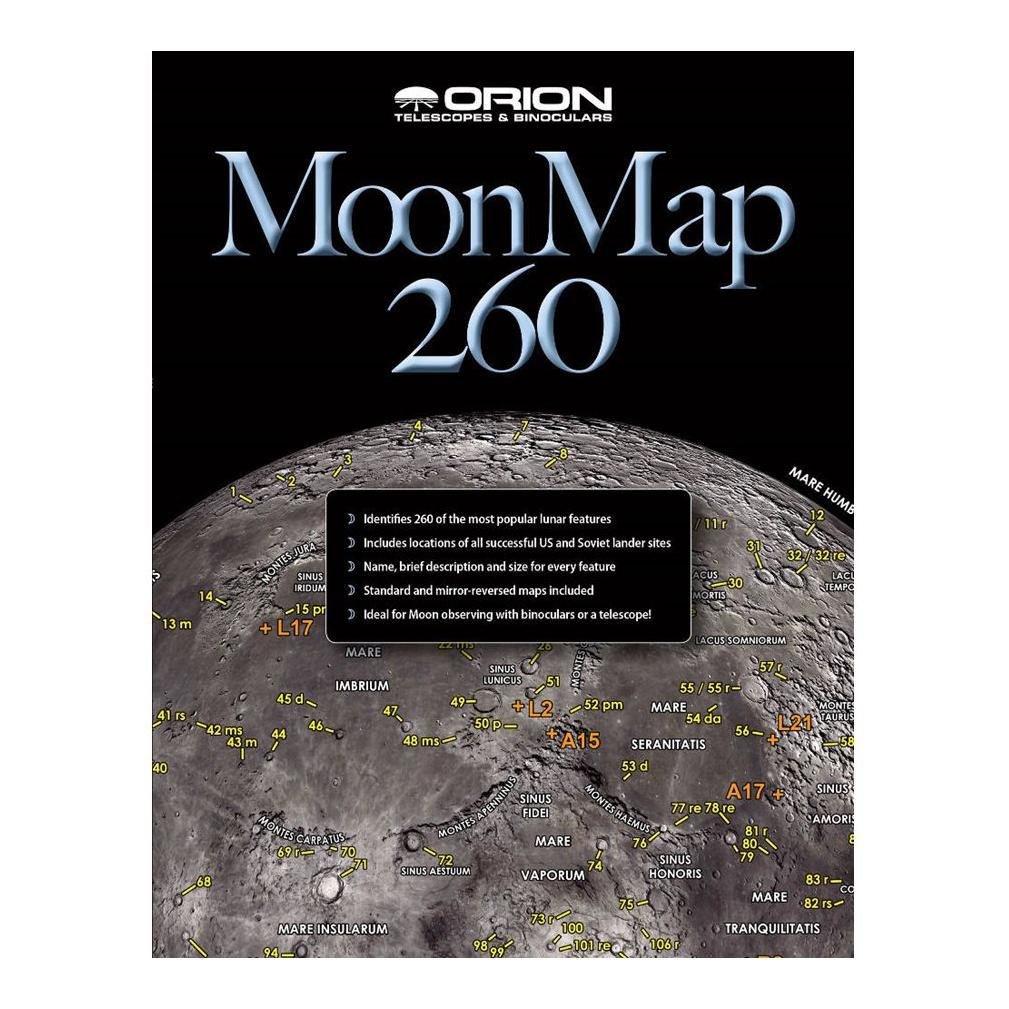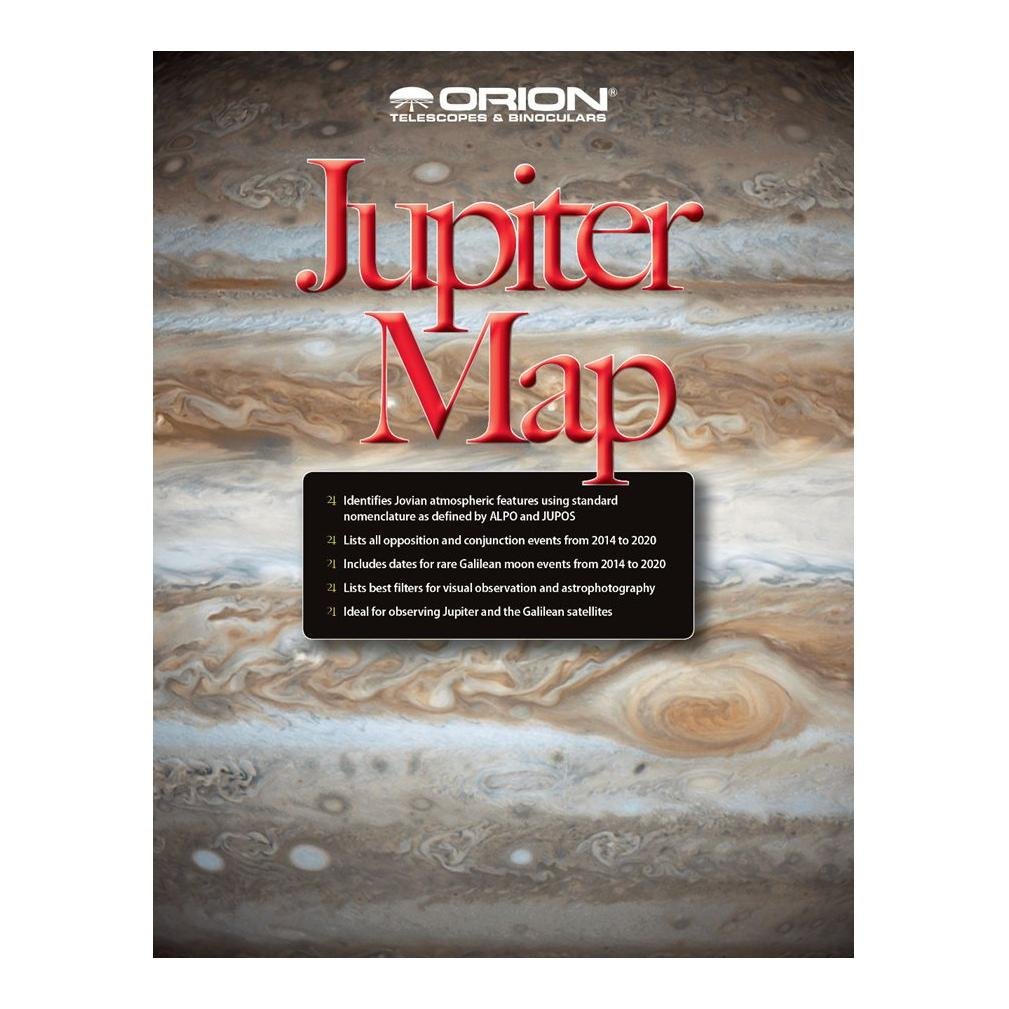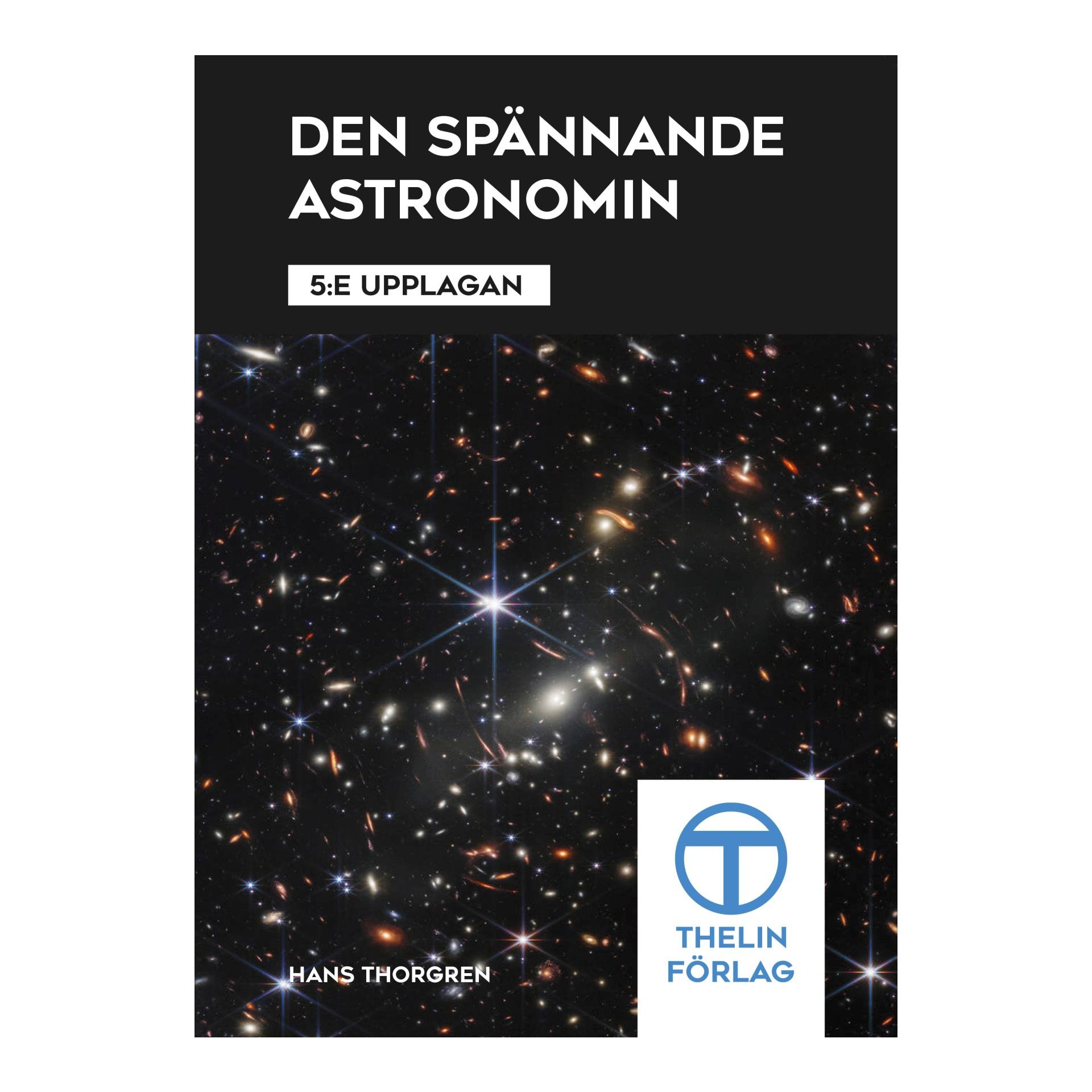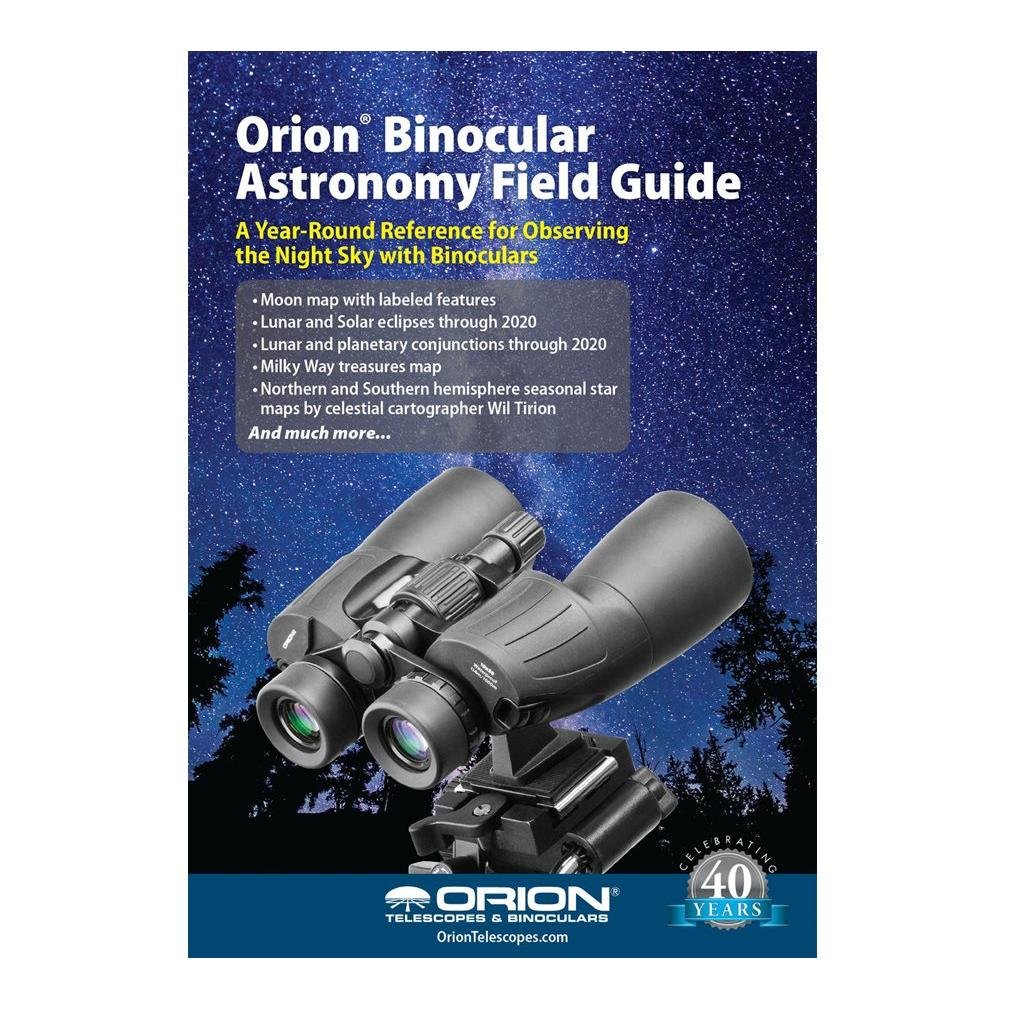The interstellarum Deep Sky Atlas heralds a new era of celestial cartography. It is an innovative, practical tool to choose and find stars, star clusters, nebulae and galaxies. Usually, deep sky objects are shown with just a standard symbol in the star charts. This atlas is different: all objects are shown according to their actual visibility. Four main visibility classes separate out objects that can be seen through 4-, 8- and 12-inch telescopes. Within each visibility class, the objects are labeled in different type weights and using graduated shades and colors for the symbols – the bolder the label or the darker the symbol, the easier it is to see the object. Spiral-bound and printed in red-light friendly colors on fully waterproof material, this full-sky atlas has a limiting magnitude of 9.5, plotting over 200,000 stars. It is the ideal companion for amateur observers of all levels.Interstellarum Deep Sky Atlas Field Edition by Ronald Stoyan, Stephan Schurig
Carefully structured to distinguish between objects visible in different size telescopes, allowing for a customized experience
* Shows many rare and unusual observing catalogs in their entirety
* Limiting stellar magnitude of 9.5 compares favorably to the specialized end of the star atlas market
* Also available in a non waterproof desk edition
* DATE PUBLISHED: December 2014
* FORMAT: Spiral bound
* ISBN: 9781107503397
* LENGTH: 264 pages
* COPUBLISHER: Oculum-Verlag GmbH
* DIMENSIONS: 287 x 285 x 27 mm
* WEIGHT: 1.3kg
* CONTAINS: 150 maps 3 tables Reviews & endorsements
’Co-authors Ronald Stoyan and Stephan Schurig have created a masterpiece – an atlas that not only plots thousands of stars and deep sky objects but also, through symbols and color codes and shading, shows their visibility through telescopes of various apertures. A perfect marriage between star atlas and observing guide, the interstellarum Deep Sky Atlas is a must-have for the serious amateur astronomer.’ Glenn Chaple, Astronomy magazine columnist
’Unusual features of the atlas include marking up dark nebulae, something often overlooked on modern star atlases, and marking up many deep sky objects by popular name as well as their common catalogue numbers. The fine detail charts of many areas of sky including common Abell clusters is also a nice touch. Another nice touch is the use of the visibility criteria calculated from the software Eye and Telescope which gives you some idea of what you may be able to see. Overall I think this is the best addition to the deeper sky atlases that has come out in a long time and will certainly be a major part of my observing kit from now on.’ Owen Brazell, Galaxies Section Director, The Webb Society
’Some people think that the time of the large, printed sky atlas is over. This is due to the great success of planetarium programs with all their digital features. Indeed, the paper versions get rarer, but this does not diminish their value. They are still essential, both for preparing an observing session and at the telescope. So the new interstellarum Deep Sky Atlas is much appreciated. This is mainly due to its sophisticated concept and perfect production. The atlas is both comprehensive and practical. It offers a complete set of deep-sky objects, chosen by the concept of observability. The presentation is excellent. The atlas will be a helpful companion – at day and night. The interstellarum Deep Sky Atlas is a must for every observer – against all digital temptations.’ Wolfgang Steinicke, Nebulae and Clusters Section Director, The Webb Society
’Ronald Stoyan and Stephan Schurig have accomplished something new with the interstellarum Deep Sky Atlas. The concept is simple. Items are colored according to their brightness. The fainter the color, the more difficult the object is to observe visually. The front of the atlas gives rankings for 4″, 8″, 12″ and larger telescopes, so given your instrument, you have immediate access to a quick reference of available targets. Physically the size is quite handy. With stellar magnitudes dropping to around 11, the maps are detailed enough to find objects visually, but not so detailed that one is overwhelmed by the field. Additionally, the individual maps are not so large as to be unwieldy in the field. Concerns that the colors would be hard to differentiate under a red flashlight were unfounded. It’s not the specific color that matters but the intensity. It’s not often that an atlas brings something new to the table, but this one has managed it.’ Tom Trusock, Head Forum Administrator, cloudynights.com
’… if you enjoy a detailed, well-thought-out paper atlas, I urge you to consider the interstellarum Deep Sky Atlas. It combines all the best attributes of the three most popular atlases already available in our hobby, all the while eliminating many negatives. It’s compact and lightweight. It has a substantial number of objects and catalogs plotted, and it’s geared towards observers of all levels. It brings a novel method of categorizing deep-sky objects that proves quite effective, and it has the durability and indestructibility of an M1 tank and will last forever. What’s not to love?’ Dragan Nikin, Astronomy Technology Today
Läs mer om Interstellarum Deep Sky Atlas Field Edition























